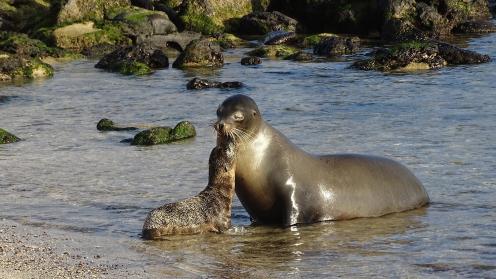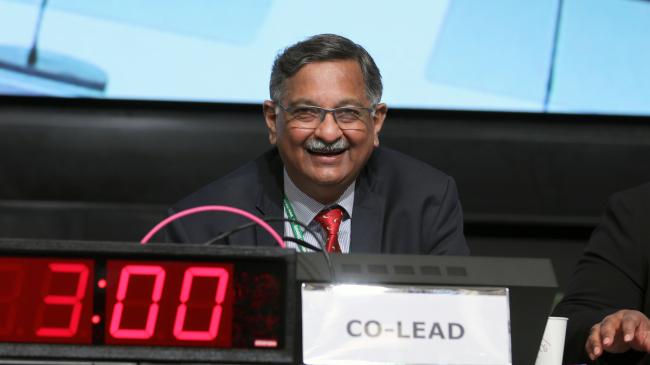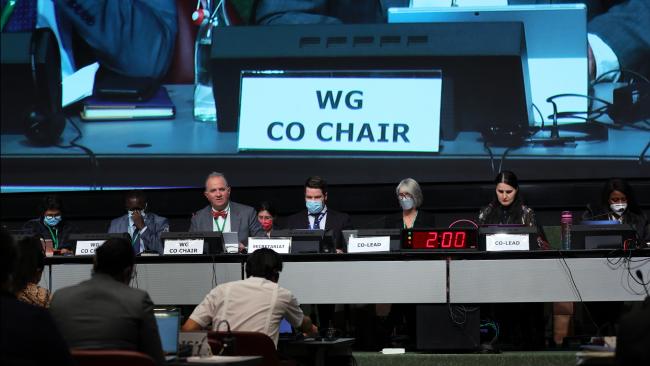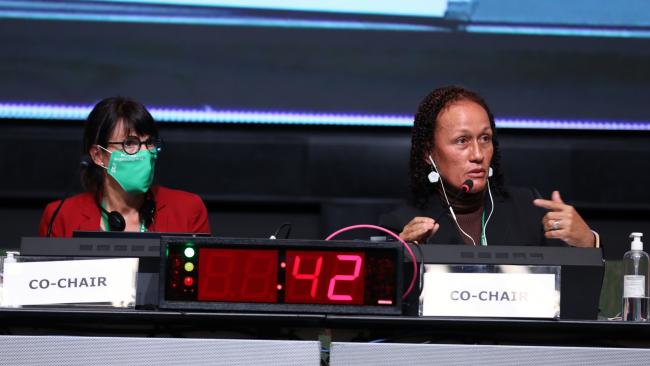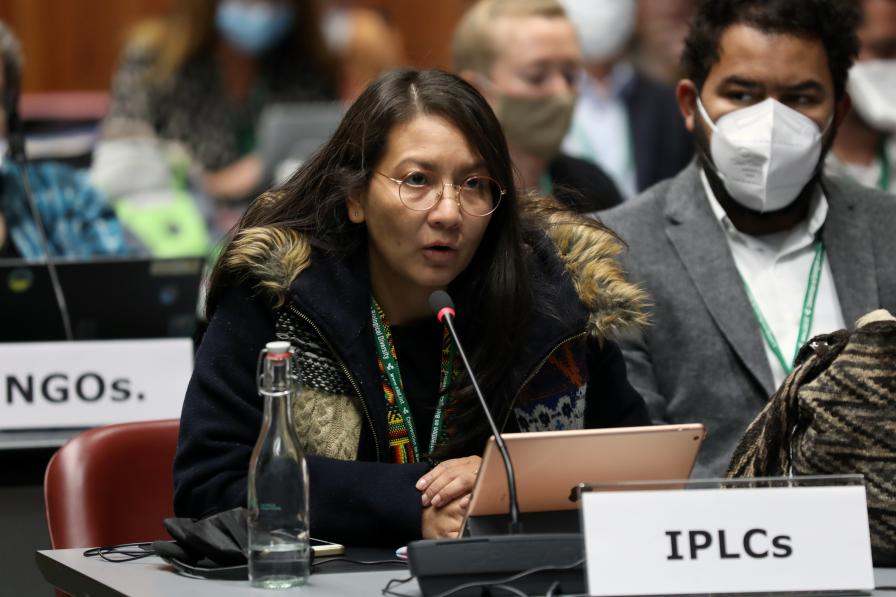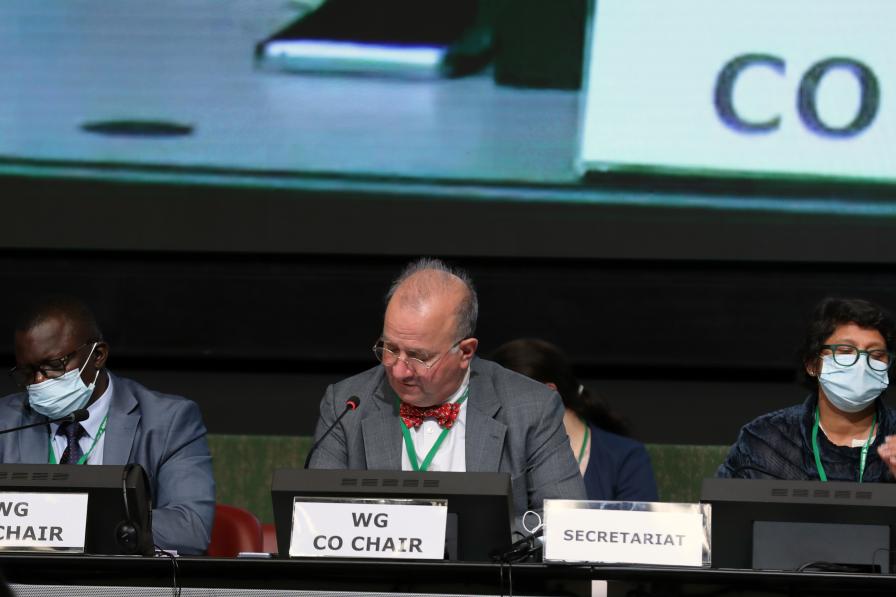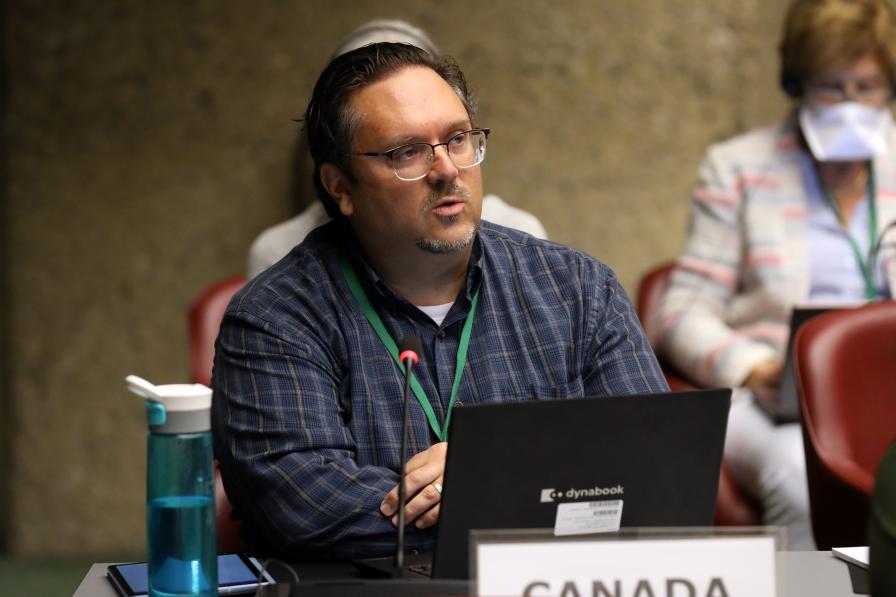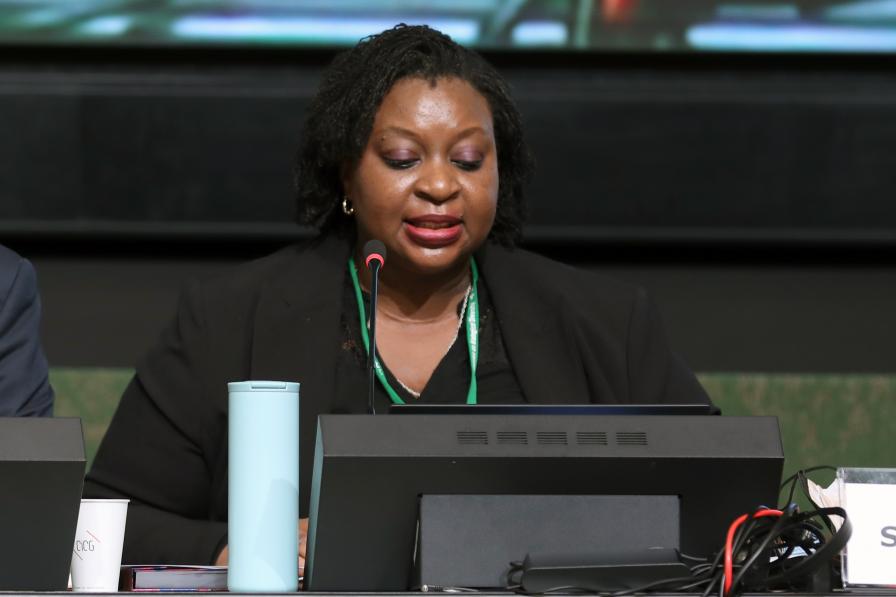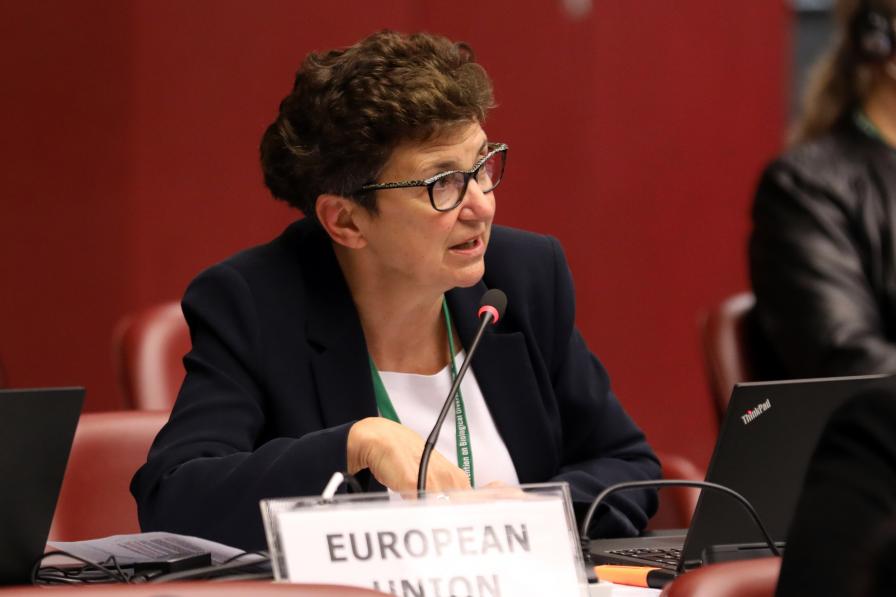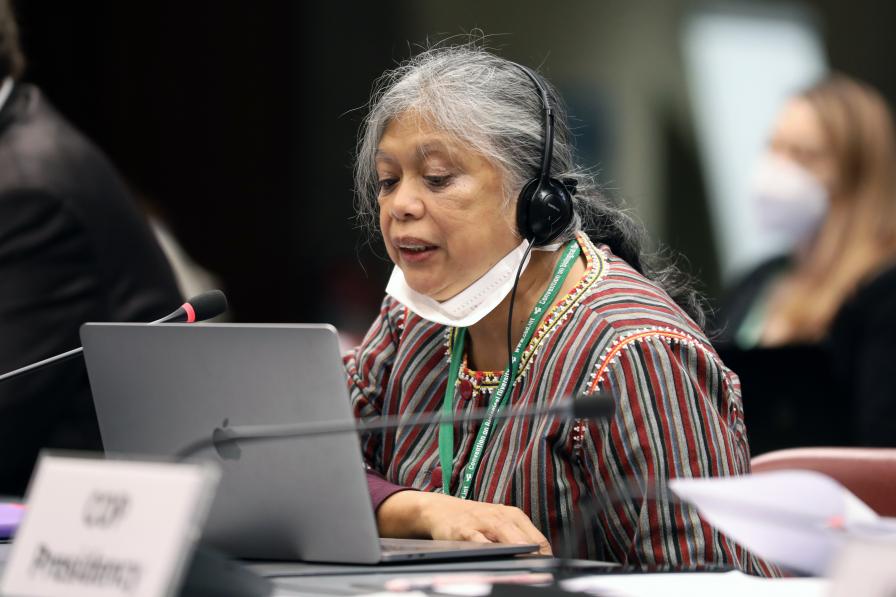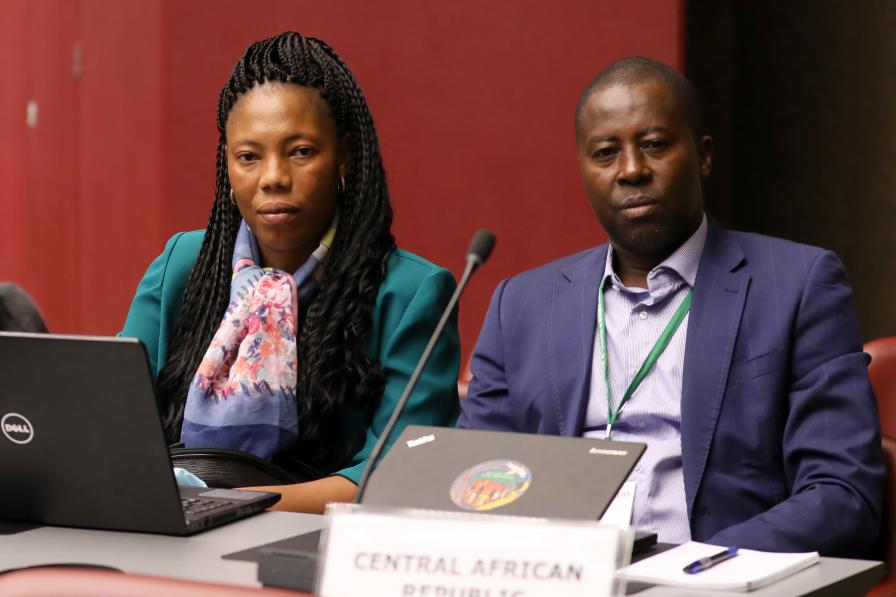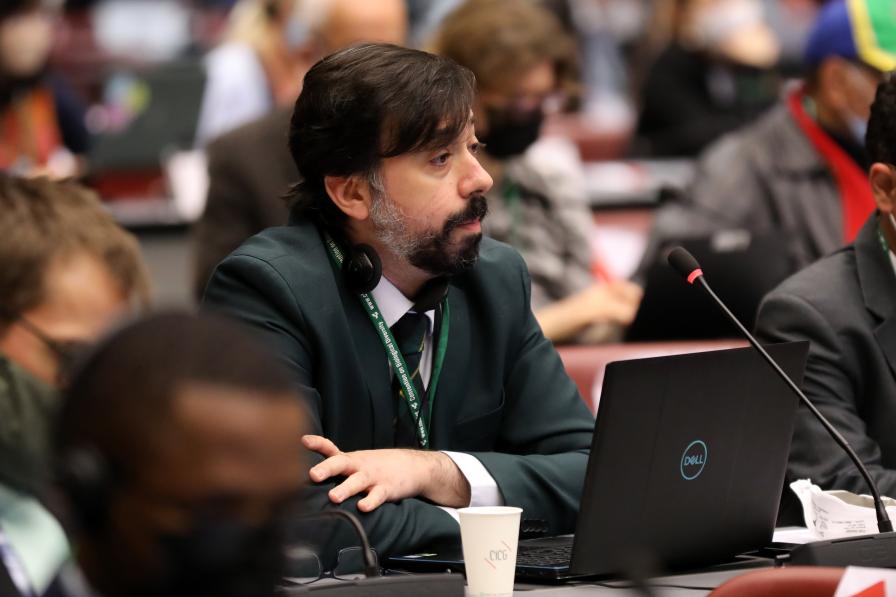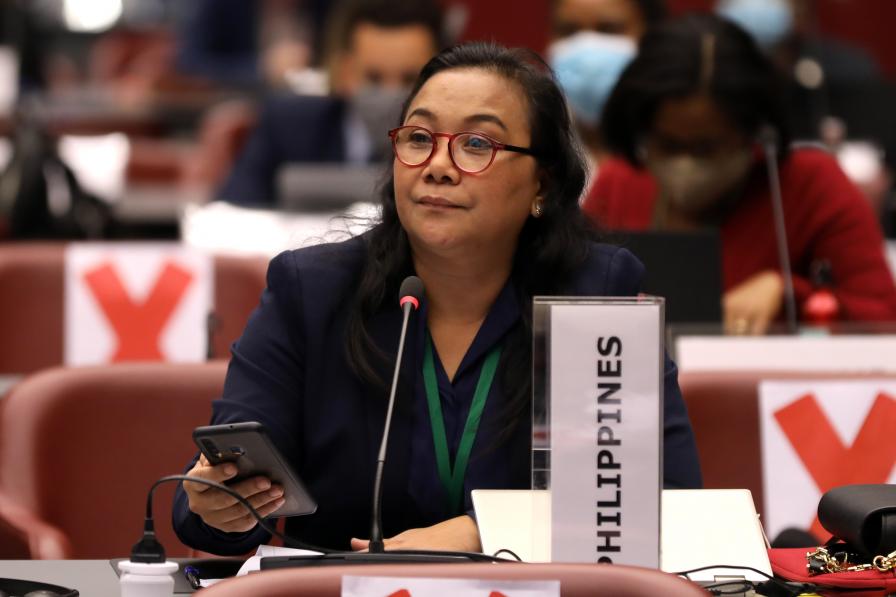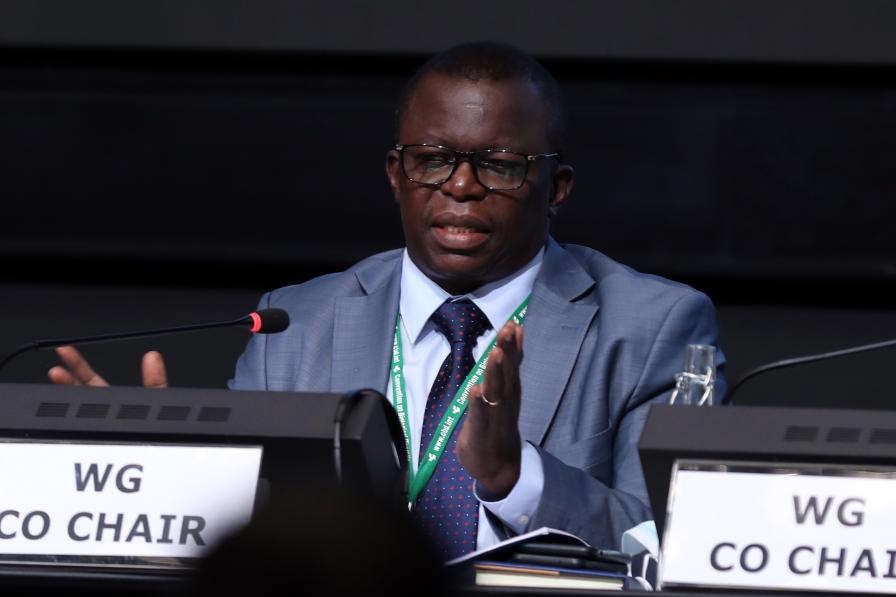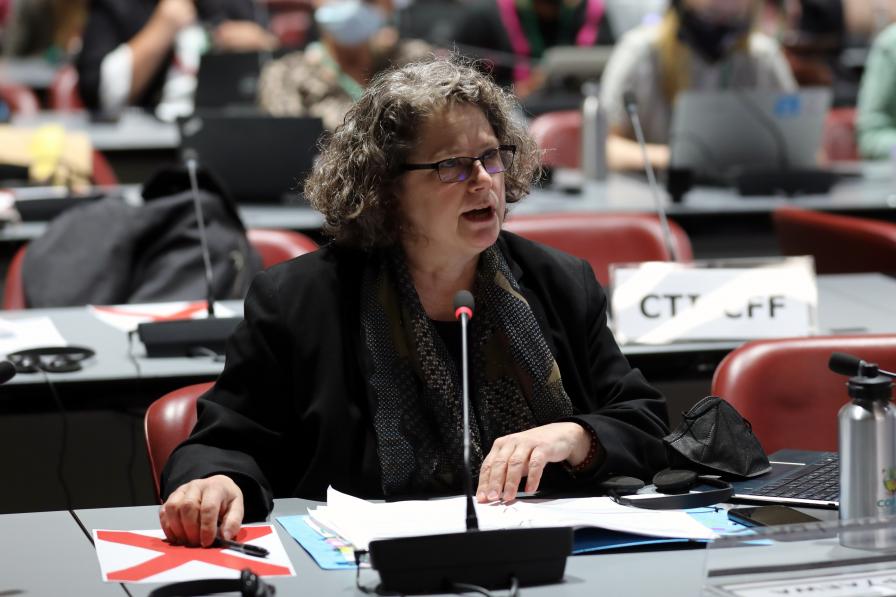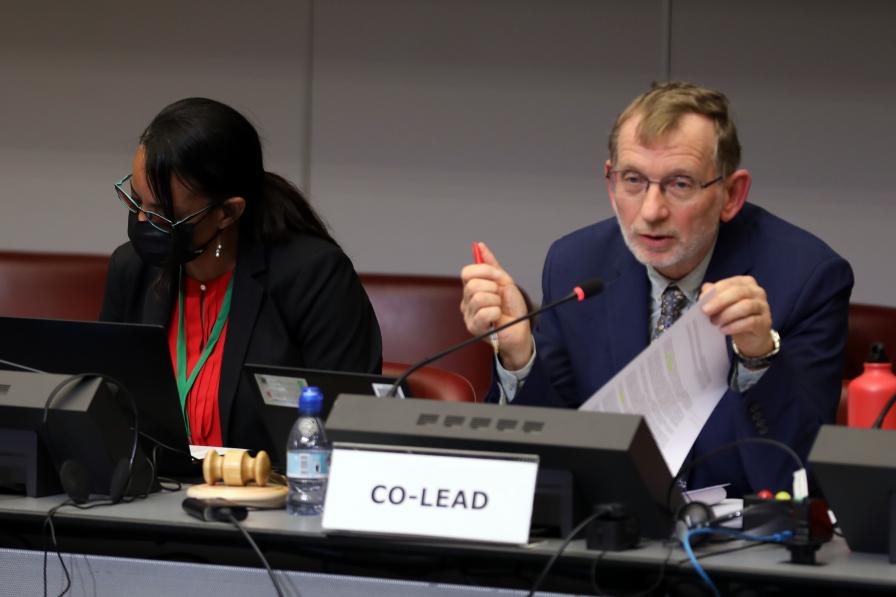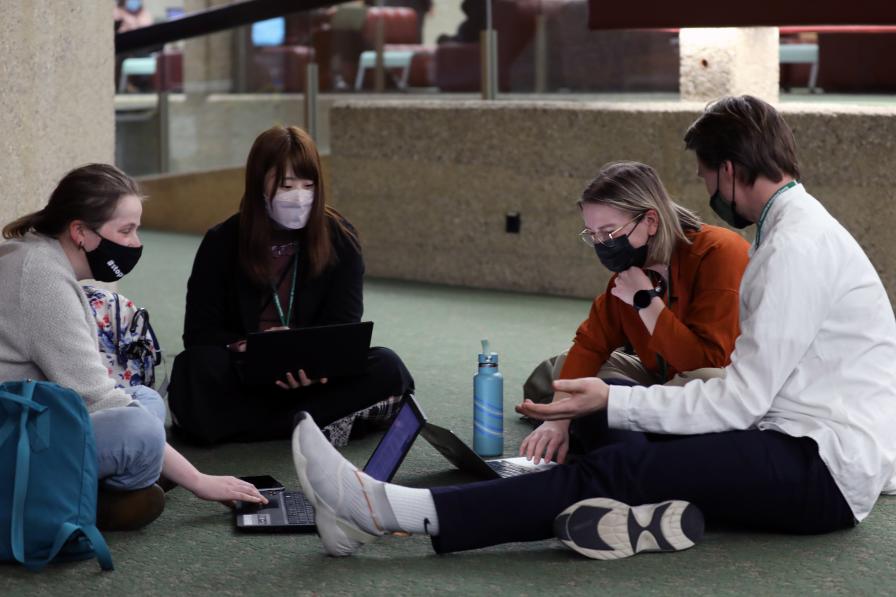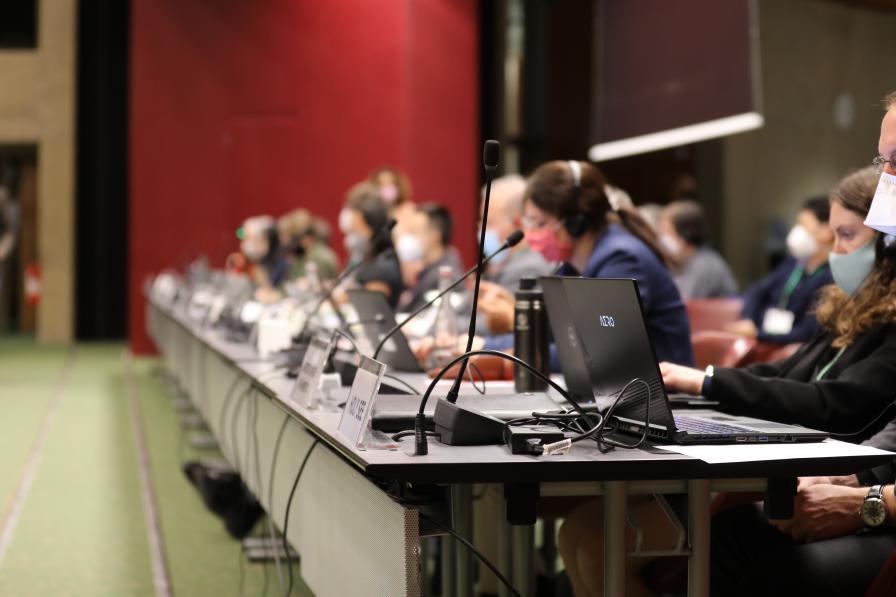Shifting into full speed, the Geneva Biodiversity Conference continued its deliberations on Tuesday, with four contact group meetings extending into the late night. In the morning and afternoon, two contact groups from the Working Group on the post-2020 global biodiversity framework (WG2020) focused on structural questions and on eight of the framework’s targets. In the evening, a contact group under the Subsidiary Body on Scientific, Technical and Technological Advice (SBSTTA) focused on health and biodiversity, and a contact group under the Subsidiary Body on Implementation (SBI) focused on the review mechanism.
To dive deeper, read the full daily Earth Negotiations Bulletin report.
The first contact group on the post-2020 global biodiversity framework (GBF), co-led by Vinod Mathur (India) and Norbert Baerlocher (Switzerland), focused on structural questions, such as the relationship between the framework’s goals, milestones, and targets. It further addressed a section on guidance for the framework’s implementation and GBF’s Goal A (enhancing the connectivity and integrity of ecosystems). Delegates held divergent opinions on the GBF’s structure as well as on the guidance for implementation and Goal A, including on whether numerical values should be included in the goal. Discussions will continue on Friday, 18 March, on the basis of a non-paper that the Co-Leads will prepare based on the interventions.
The second contact group on the GBF, co-led by Teona Karchava (Georgia) and Rosemary Paterson (New Zealand), considered the first eight targets of the draft GBF. On Target 4 (active management actions for conservation, genetic diversity, and human-wildlife conflict), delegates discussed, inter alia: in situ versus ex situ conservation; a reference to human-wildlife conflict; and increasing the urgency, scope, and capacity for implementation of the target.
On Target 5 (elimination of unsustainable, illegal, and unsafe harvesting, trade, and use of wild species), delegates debated changing the focus from ensuring sustainable, legal, and safe harvesting to eliminating unsustainable, unsafe, and illegal harvesting.
On Target 6 (invasive alien species (IAS)), discussions focused on whether to include numerical targets on reducing the rate of introduction and establishment of IAS, as well as on the identification of pathways of introduction, in addition to their management.
A non-paper will be developed on these three targets. Discussions on the non-paper as well as on the remaining five targets will continue on Saturday, 19 March.
In the evening, the SBSTTA contact group, co-chaired by Helena Brown (Antigua and Barbuda) and Marina von Weissenberg (Finland), addressed a non-paper on biodiversity and health. The SBI contact group, co-chaired by Andrew Stott (UK) and Gillian Guthrie (Jamaica), focused on a conference room paper discussing options to enhance planning, reporting, and review mechanisms.
Four side events were held at lunchtime, focusing on:
- fast-tracking the implementation of One Health approaches for biodiversity and health;
- trade-related aspects of the GBF;
- how to use the Data Reporting Tool (DaRT) for increased national collaboration and reporting; and
- providing input from scientific experts to the GBF.
To receive free coverage of global environmental events delivered to your inbox, subscribe to the ENB Update newsletter.
All ENB photos are free to use with attribution. For the Geneva Biodiversity Conference, please use: Photo by IISD/ENB Mike Muzurakis.
